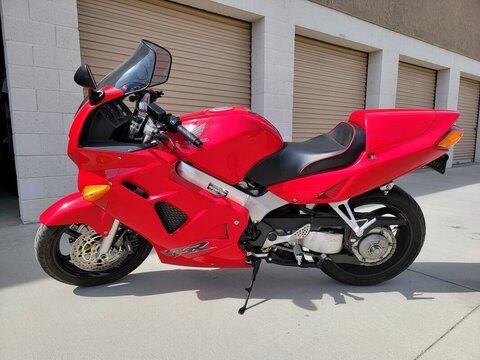 Click on image for the ADVrider link
Click on image for the ADVrider link Where: Ramona, California
Why: Well-preserved w/extras
Price: $4800
This beautiful final-year 5th-gen VFR has been listed on the ADVrider site for about six weeks, the only things possibly holding back a sale being the time of year and a slightly optimistic asking price. Showing 20,000 miles and boasting a nice list of upgrades, our seller assures us that the "bike runs and looks incredible."
The photos do look great, and a few of the original parts are included with the sale. This would look great next to the tree on Christmas morning.


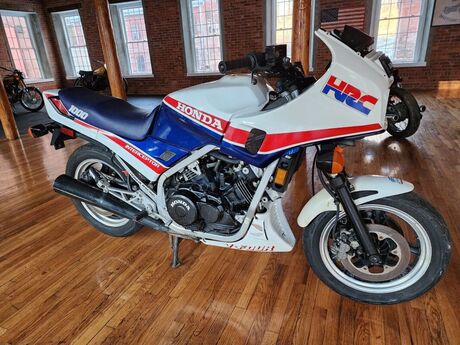
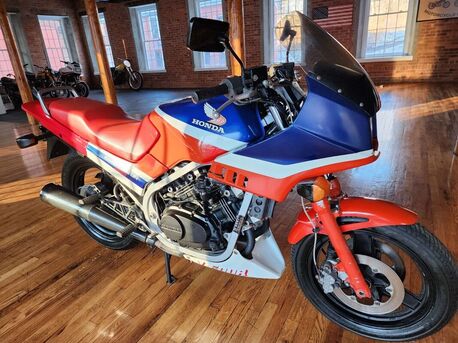
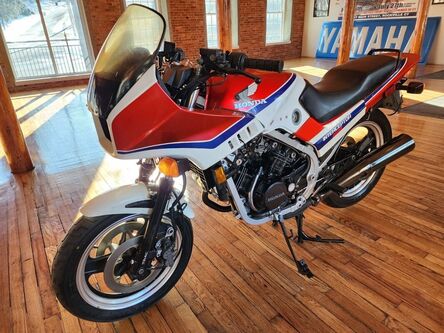
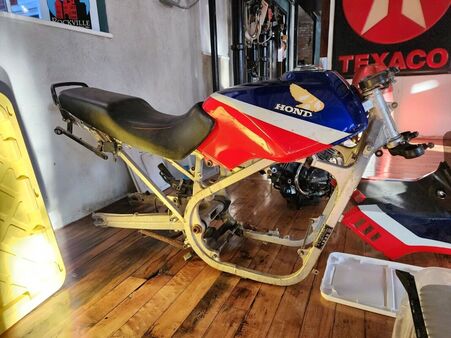
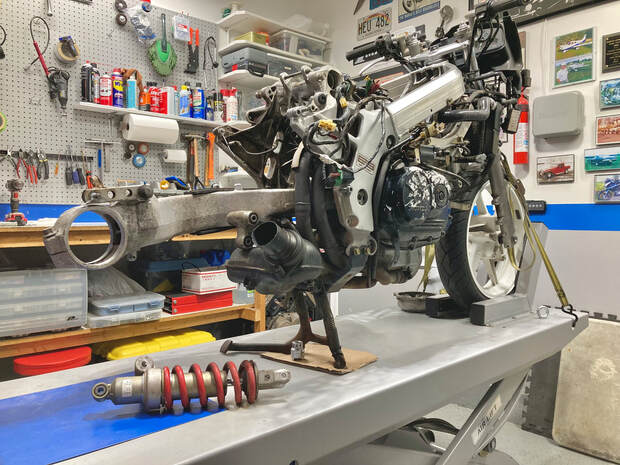














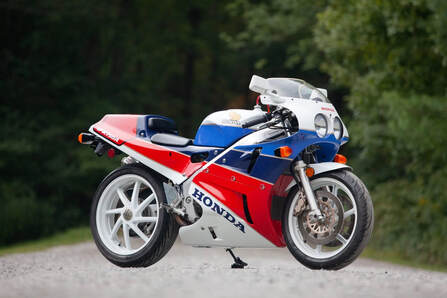
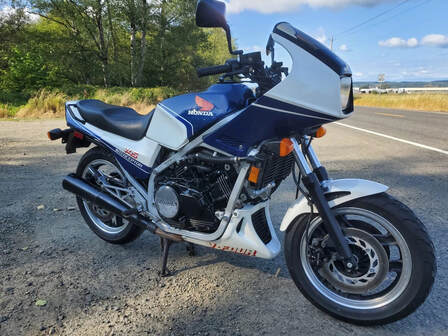
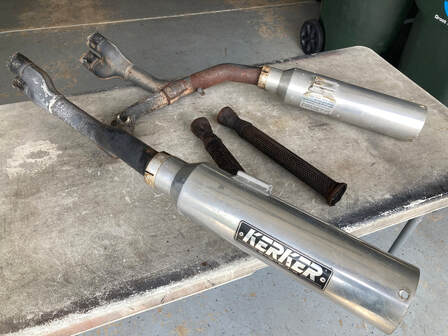



















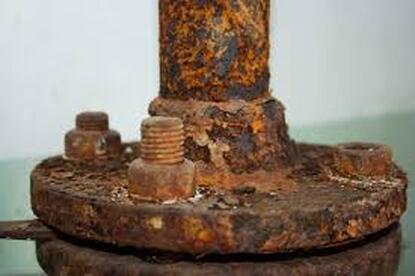



 RSS Feed
RSS Feed